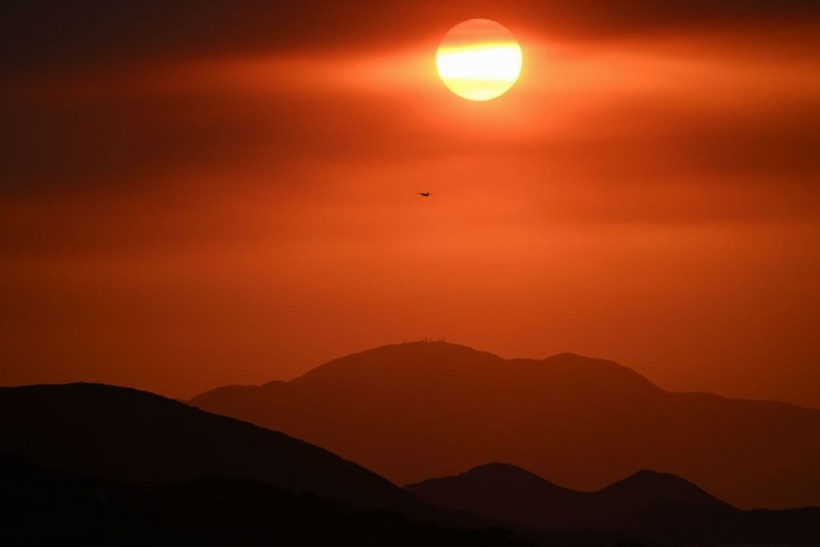A solar storm in the form of a solar wind traveling million of miles per hour is expected to hit Earth this week, according to space weather officials.
The storm reportedly came from a coronal hole and released charged particles that can disrupt Earth's magnetic field and cause a geomagnetic storm.
Solar Storm Alert

The Space Weather Prediction Center (SWPC), which operates under the National Oceanic and Atmospheric Administration (NOAA), on Wednesday, November 30, issued a solar storm alert in the form of a geomagnetic storm warning that will hit Earth as early as Thursday, December 1.
However, other projects indicate the magnetic storm could hit our planet until Friday, December 2, with the SWPC providing the following potential impacts of the approaching storm:
- weak power grid fluctuations
- minor damage or disruption on satellite operations
- aurora borealis or northern lights may in high latitudes such as in Northern United States, including northern Michigan and Maine
In addition, radio blackouts and signal disruption may occur in the coming hours or days.
Prior to reports about the recent coronal-hole solar wind, solar activity also caused a G1 (minor) geomagnetic storm on Tuesday, November 29, reaching countries in the Northern Hemisphere such as the US and Canada, as well as Scandinavia but was dark enough to see the auroras, according to the website EarthSky.org.
The site also reported that Earth's geomagnetic field is expected to receive intervals G1(minor) storm bombardment at least Thursday due to the high-speed solar wind from the large coronal hole that EarthSky.org was observing.
Also Read: Solar Winds Traveling at Millions of Miles Per Hour Could Hit Earth in the Coming Hours
Solar Wind and Coronal Hole
If Earth has weather hazards like hurricanes, cyclones, and other weather phenomenon, our solar system's only star also has it own types of solar storms up it sleeves such as: solar winds, solar flares, and coronal mass ejections (CMEs).
Space weather authorities such as the SWPC also highlight that there are also solar weather hazards from these storms like geomagnetic storms, radio blackouts, and solar radiation storms.
In the case of the recent solar event, the solar wind contains solar material that can travel up to 1.8 million miles per hour (2.9 million kilometers per hour).
According to the National Aeronautics and Space Administration (NASA), solar wind is created by the outward expansion of plasma, a collection of charged particles from the Sun's outer atmosphere called corona.
The emission or stream of solar winds have been long thought to have come from bright patches known as coronal holes from the Sun's corona, as evident in its name.
The Carrington Event
The largest solar storm in human history was the 1859 Carrington Event, which released an energy equivalent to 10 billion 1-megaton atomic bombs, according to Live Science.
The storm's powerful solar particles burnt telegraph systems worldwide at that time and resulted in auroras brighter than the light of a full moon, appearing as far as the Caribbean region.
The solar event is in line with measurements of solar activities and their solar cycles since recordings began in 1775.
Related Article: Solar Storm from Sun's Atmospheric Hole Releases Geomagnetic Storm to Hit Earth on August 3
© 2024 NatureWorldNews.com All rights reserved. Do not reproduce without permission.
![Severe Weather Threat to Impact Over 40 Million Americans Across Central US [NOAA]](https://1471793142.rsc.cdn77.org/data/thumbs/full/70189/280/157/50/40/severe-weather-threat-to-impact-over-40-million-americans-across-central-us-noaa.jpg)




